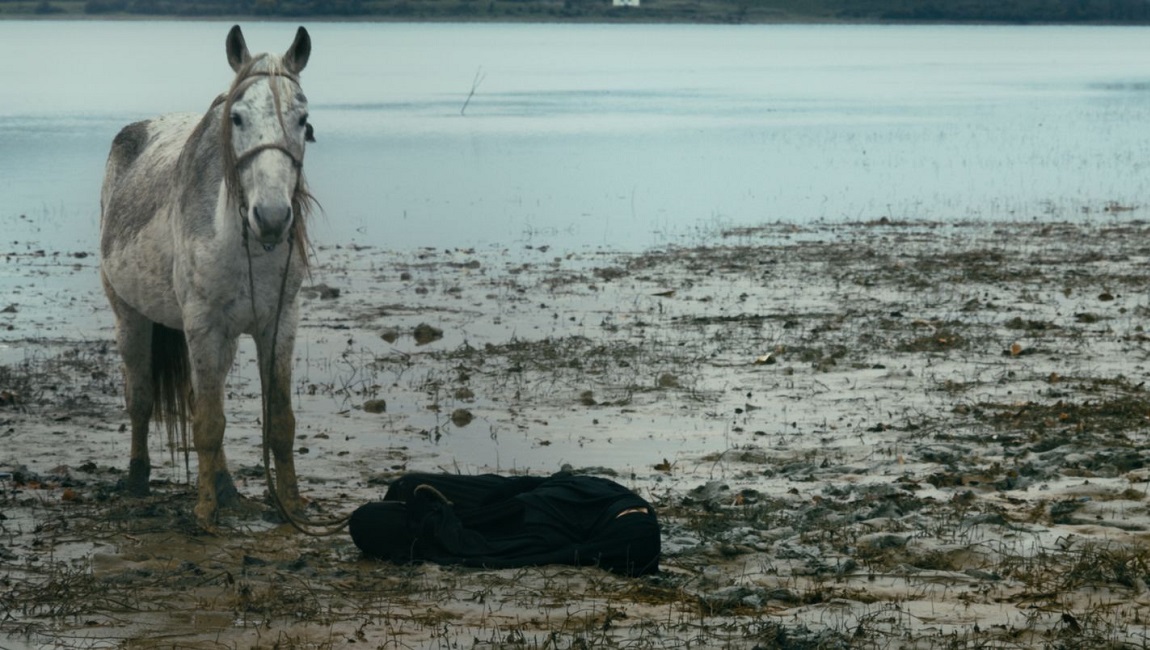Spike Lee’s 1991 Jungle Fever, a work with a title and subject matter seemingly designed to court — indeed, demand — controversy, is at its core a study of extreme contrasts. While Lee has been accused of a great many things during his four-decade career, being a subtle filmmaker has never been one of them. For its part, Jungle Fever is a film as blunt and aggressively in-your-face as any he’s ever made, in ways that were provocatively topical in its moment, but which 30 years later have aged very poorly in certain regards. In fact, the most dated element is contained within its very premise: the ostensibly shocking and scandalous circumstance of an interracial relationship between a Black man and a white woman, one that obviously could still raise hackles in 1991 but, it’s fair (or at least hopeful) to say, would barely lift an eyebrow for the majority of people in the U.S. today. These days, far more effective and insidious ways to demonize and dehumanize Black folk have been devised other than fixating on who they date and marry. The film’s discussions of such quaint racial categorizations as mulattoes, quadroons, and octoroons only furthers the feeling that Jungle Fever seems much older than a 1990s text.
One of the film’s extreme contrasts concerns the song soundtrack by Stevie Wonder, which contains one of his very best songs, and one of his very worst. The former is represented by “Living for the City,” the centerpiece track from Wonder’s 1973 masterpiece Innervisions, which soundtracks Jungle Fever’s most harrowing scene, the journey of protagonist Flipper Purify (Wesley Snipes) through the cavernous, Dantean crack den known as the “Taj Mahal” to find his addicted older brother, Gator (Samuel L. Jackson), who’s just stolen a color TV from their parents (Ossie Davis and Ruby Dee) to fund his crack dependency. Cinematographer Ernest Dickerson’s stellar work is on full display here, the nightmarish chiaroscuro and dank atmosphere of this almost impossibly vast space rendered so viscerally that one can almost smell its stench wafting. Pairing these visuals with Stevie Wonder’s epic tragedy — which plays over the scene in its entirety — of the man who travels from “hard time Mississippi” to New York for a better life only to end up jailed, then homeless and sick from air pollution, exponentially raises the overwhelming power of the sequence.
Contrast this with one of Stevie Wonder’s wackest jams, the title song which plays over the opening credits, a lively, well-designed sequence of cast and crew names printed on street and highway signs. While the film itself interestingly complicates its tabloid-like scenario, the title song flattens this out into a naïve, one-dimensional Pollyanna-ish sentiment, articulated with an annoying, childish chorus that consumes half the song: “I’ve got jungle fever, she’s got jungle fever / We’ve got jungle fever, we’re in love / She’s gone black-boy crazy, I’ve gone white-girl hazy / Ain’t no thinking maybe, we’re in love.” Instead of the evocative timelessness of “Living for the City,” here we get a janky digital track chasing the trend of new jack swing and employing slang like “get off my jock,” the embarrassing spectacle of a 41-year-old trying to be down with the kids. To put it in blunt terms befitting the film’s parlance, Jesus fucking Christ, this song sucks so hard.
Another potent contrast Jungle Fever delves into is the class imbalance between its adulterous lovers. Flipper Purify is upper middle class, an architect who lives in a Harlem brownstone with his wife Drew (Lonette McKee), a buyer at Bloomingdale’s, and their daughter Ming (Veronica Timbers). Flipper’s lover, his temp secretary Angie Tucci (Annabella Sciorra) is working class, living in a cramped house with her father (Frank Vincent) and her two brothers (Michael Imperioli, David Dundara). This flips the race-class dynamic of most other films, as well as making their relationship even more incomprehensible to outside observers, since Angie is so far below Flipper’s socioeconomic level. Even Gator is rendered incredulous by his younger brother’s hooking up with a white woman with no money.
Notably, Spike Lee should be included on the list of those who don’t understand Flipper and Angie’s relationship, since he evidently doesn’t know what to do with it. Lee was inspired by the 1989 murder of Yusuf Hawkins, a young Black man killed by a Bensonhurst white Italian mob who believed he was dating a white girl in the neighborhood. However, the interracial romance that is at the core of the film’s ostensible subject is also its least convincing and most underwritten facet. Lee puts much more energy into the characterizations of the people surrounding the couple, especially in the Gator subplot; Samuel L. Jackson’s charismatic performance is almost universally cited as the best thing about Jungle Fever — no argument here. Ultimately, it’s a film defined by its inconsistency. As an edifying portrait of an interracial relationship, Jungle Fever is an abject failure. As a depiction of the corrosive effects of drugs on Black communities, however, it’s far more dramatically satisfying.
Part of Kicking the Canon – The Film Canon.







